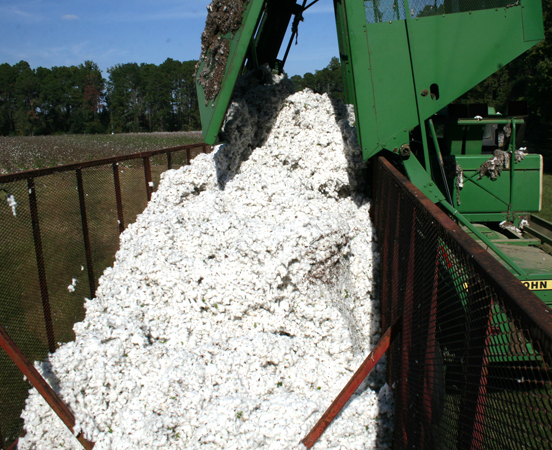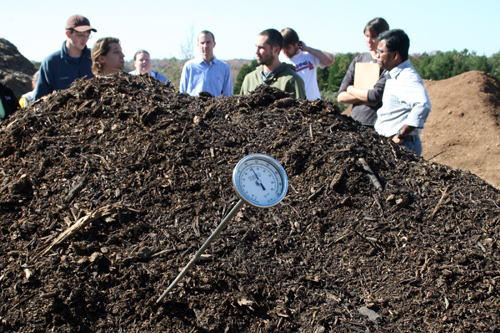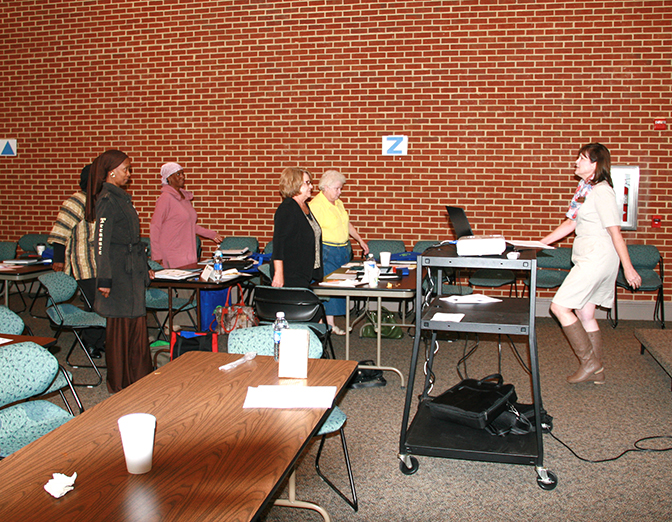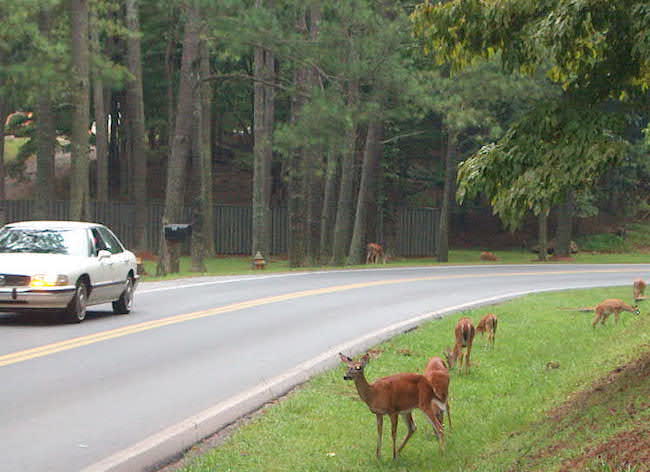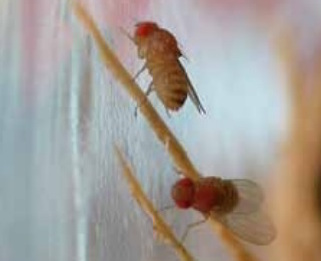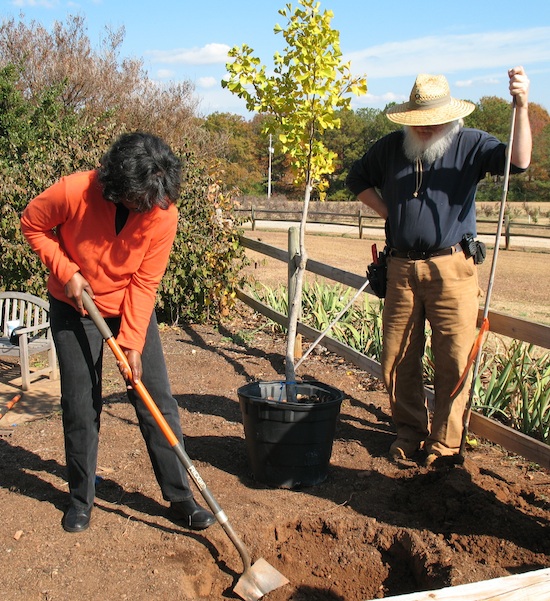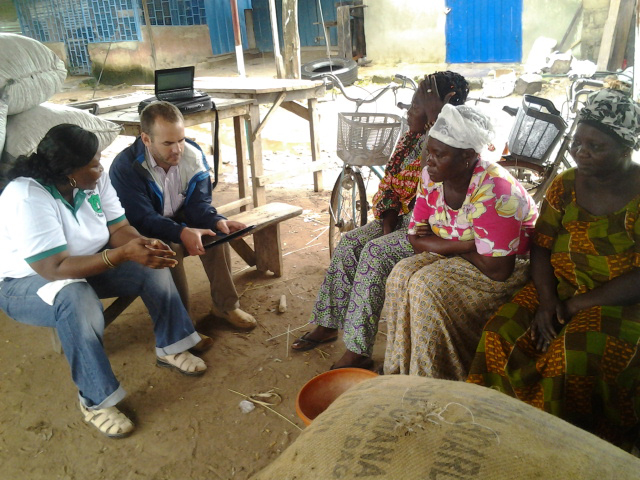 CAES News
CAES News
UGA agricultural economist pinpoints what makes international development projects work
What is the best way to help people in developing countries build food security?
That’s the question at the center of University of Georgia agricultural economist Nick Magnan’s research.

